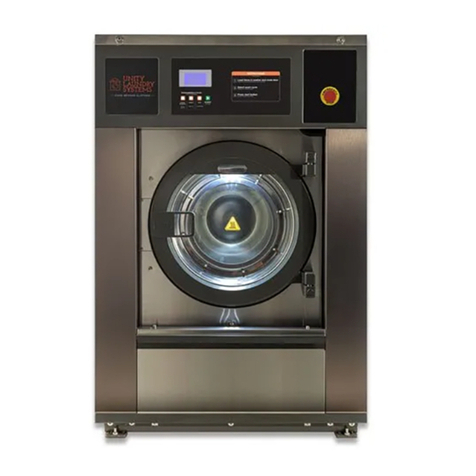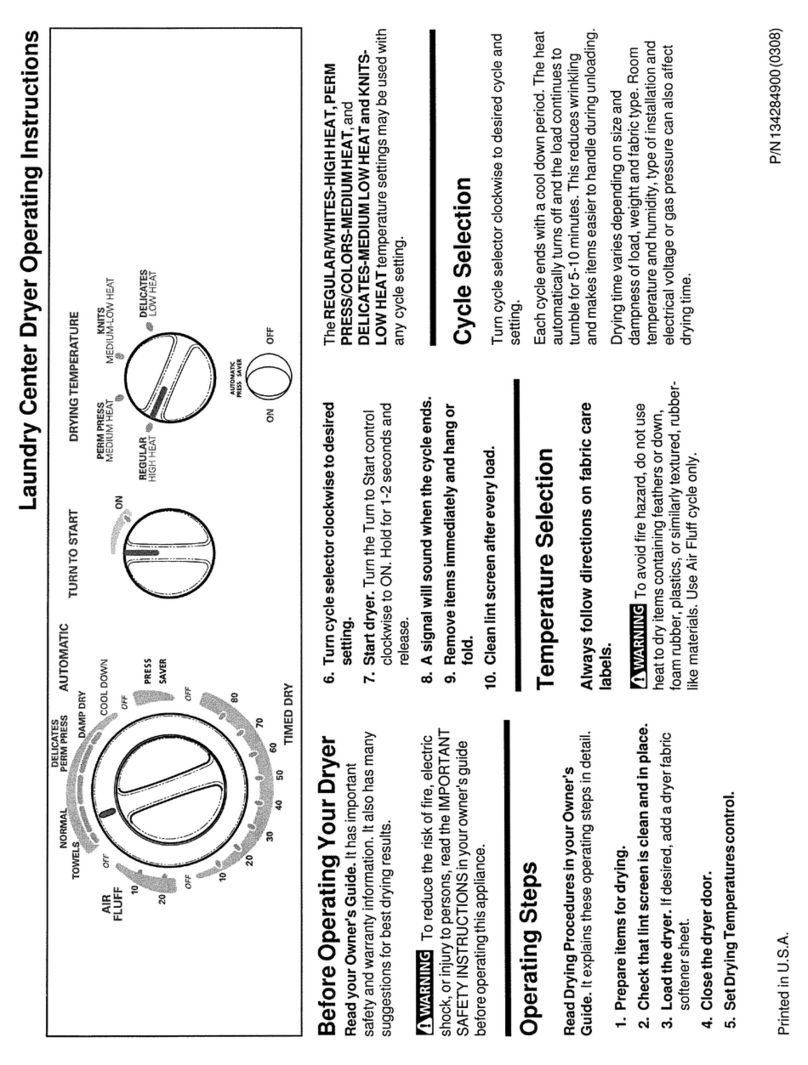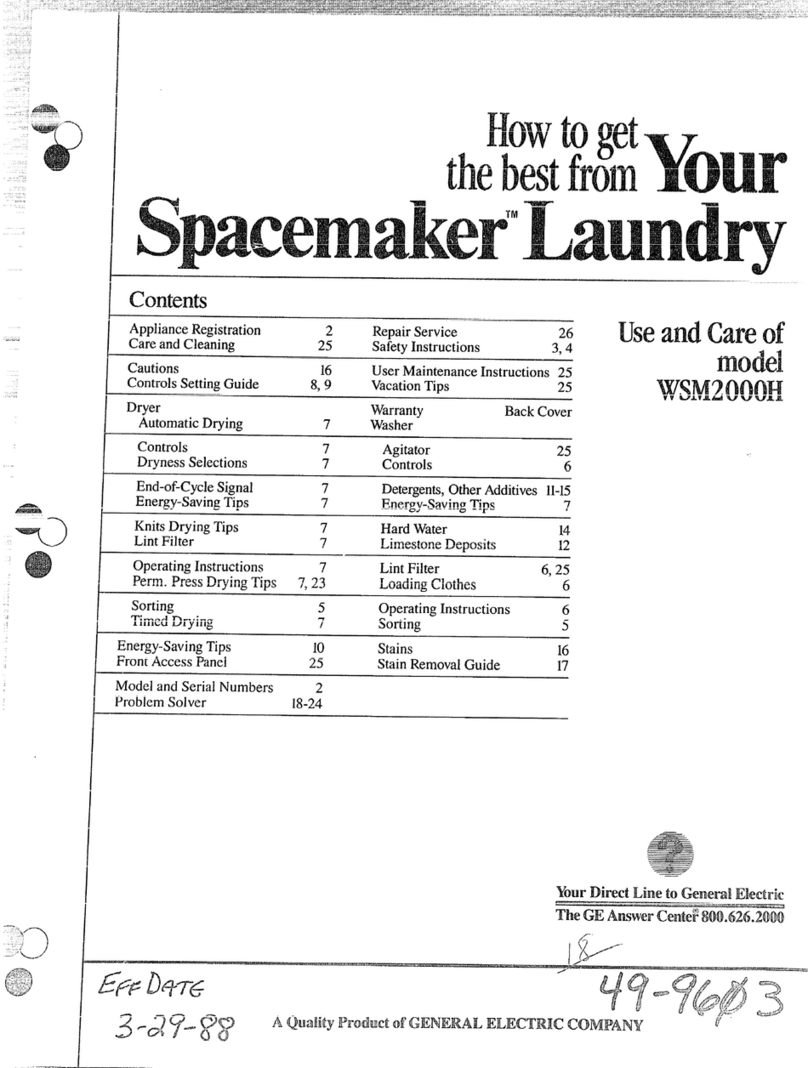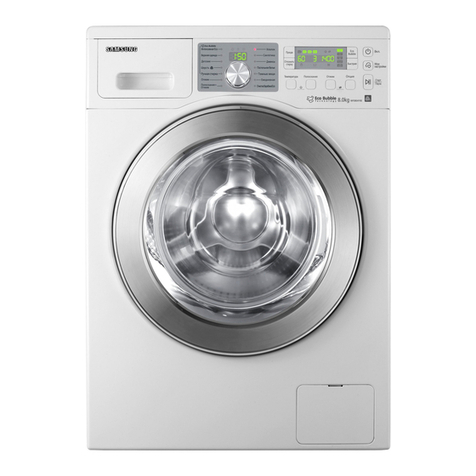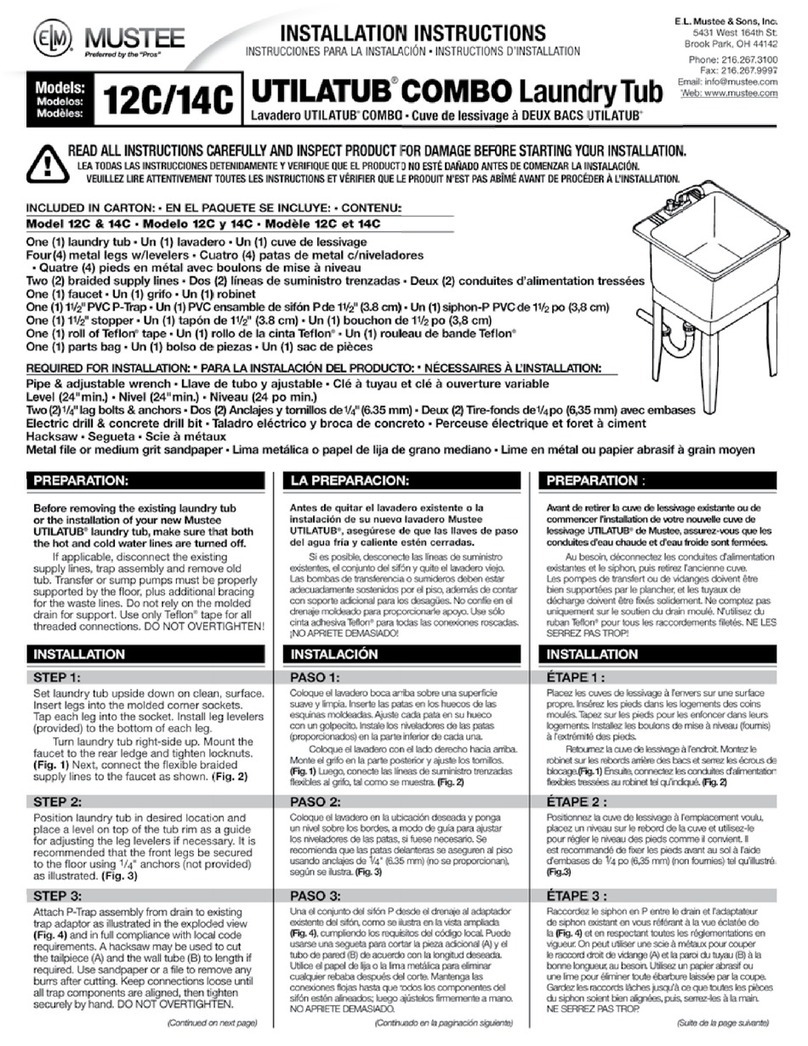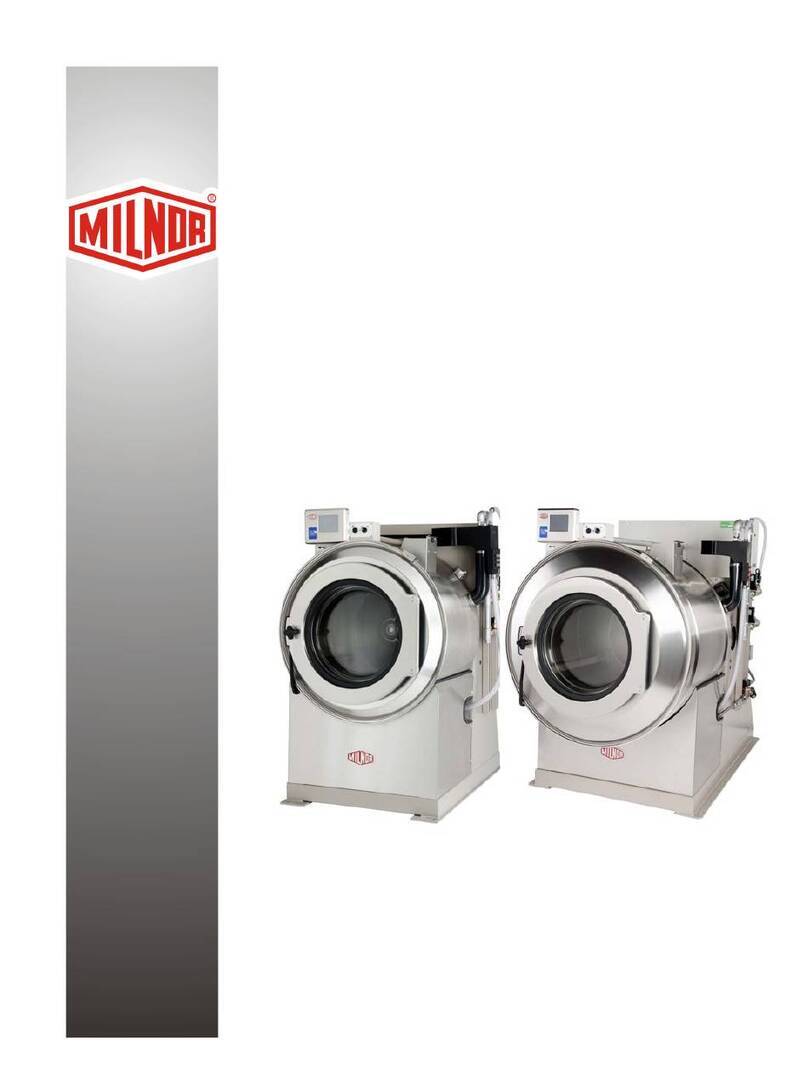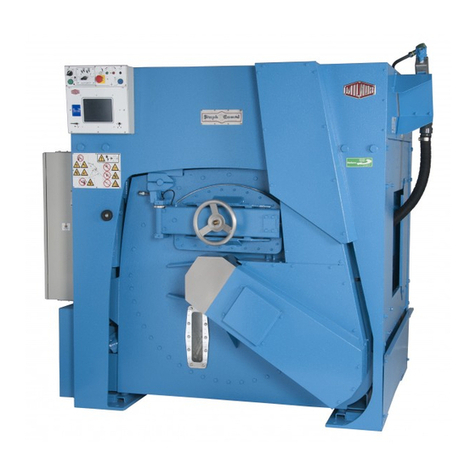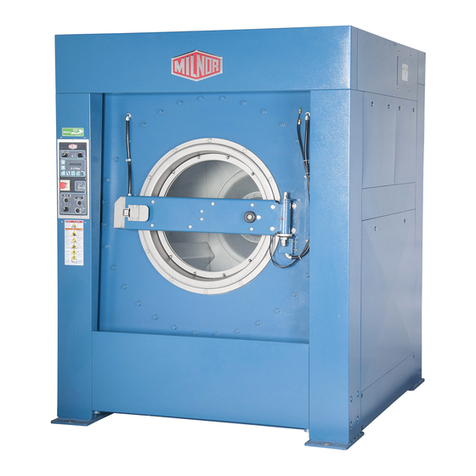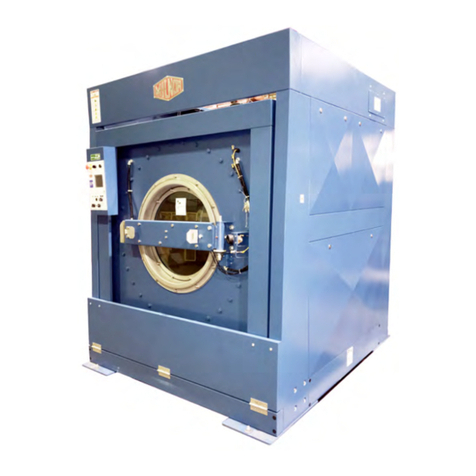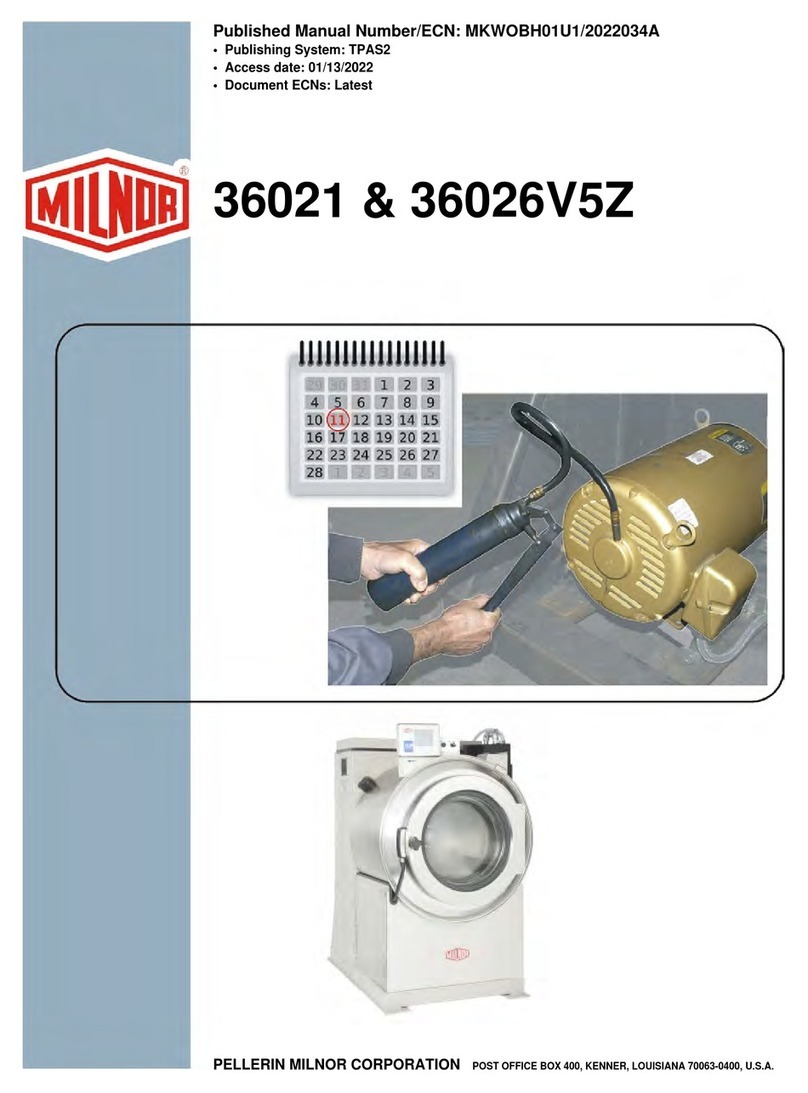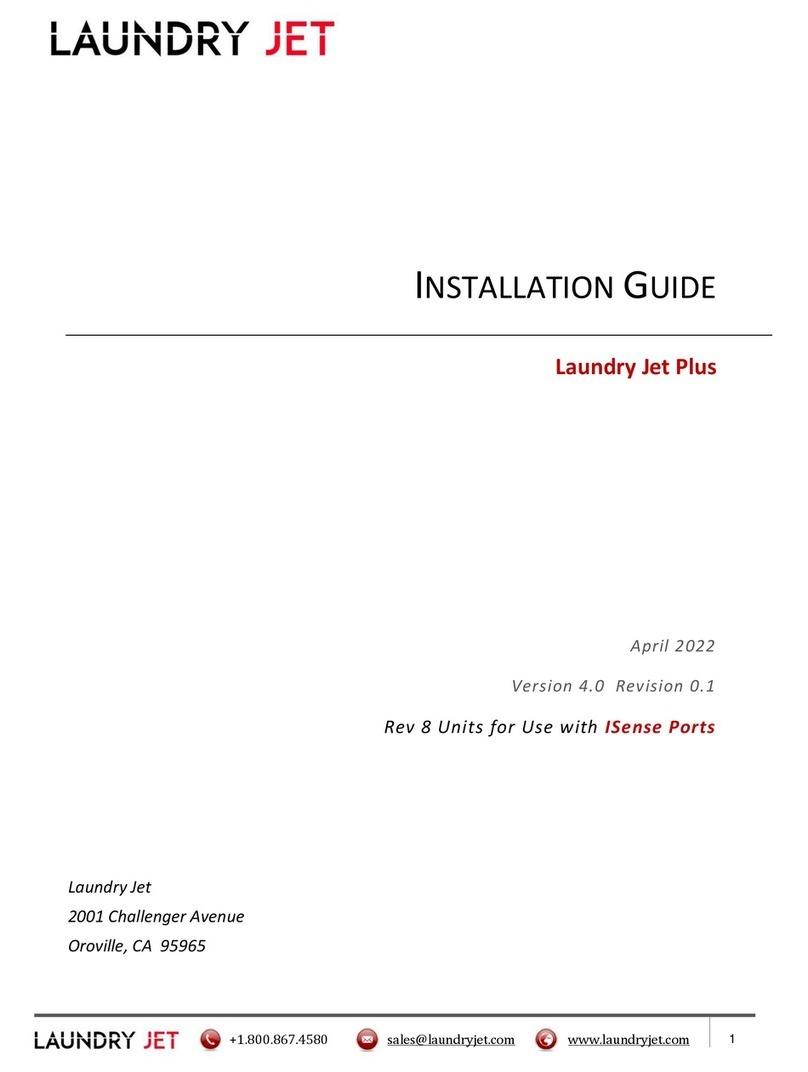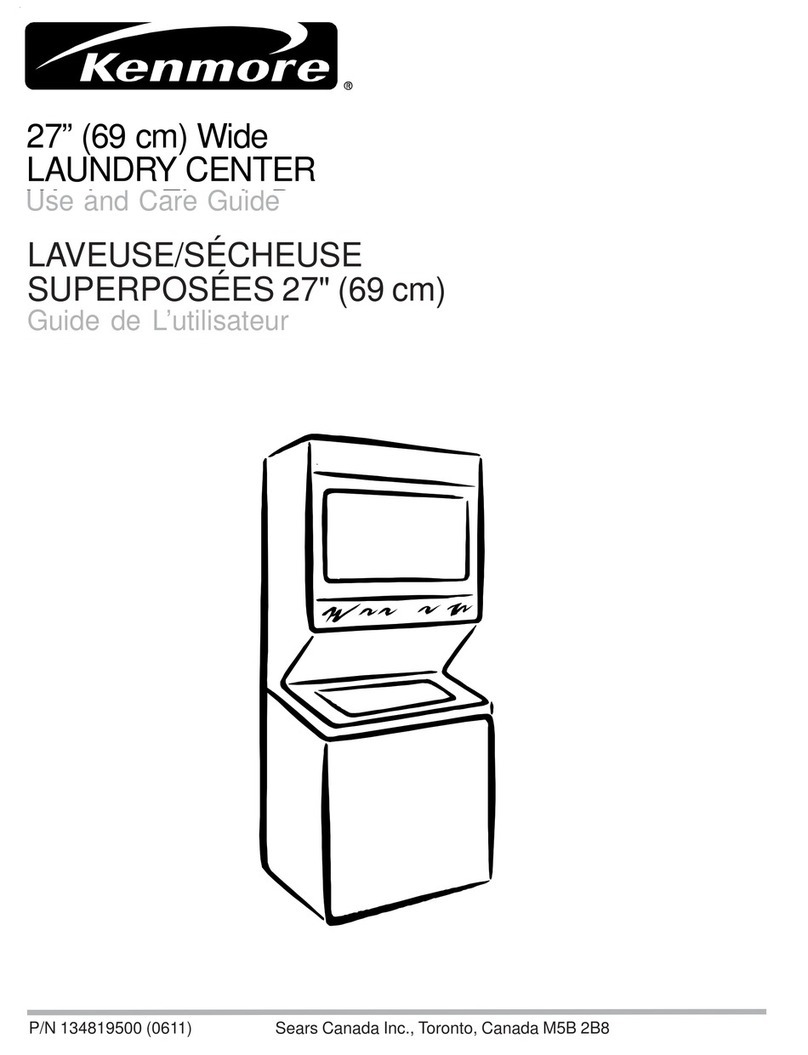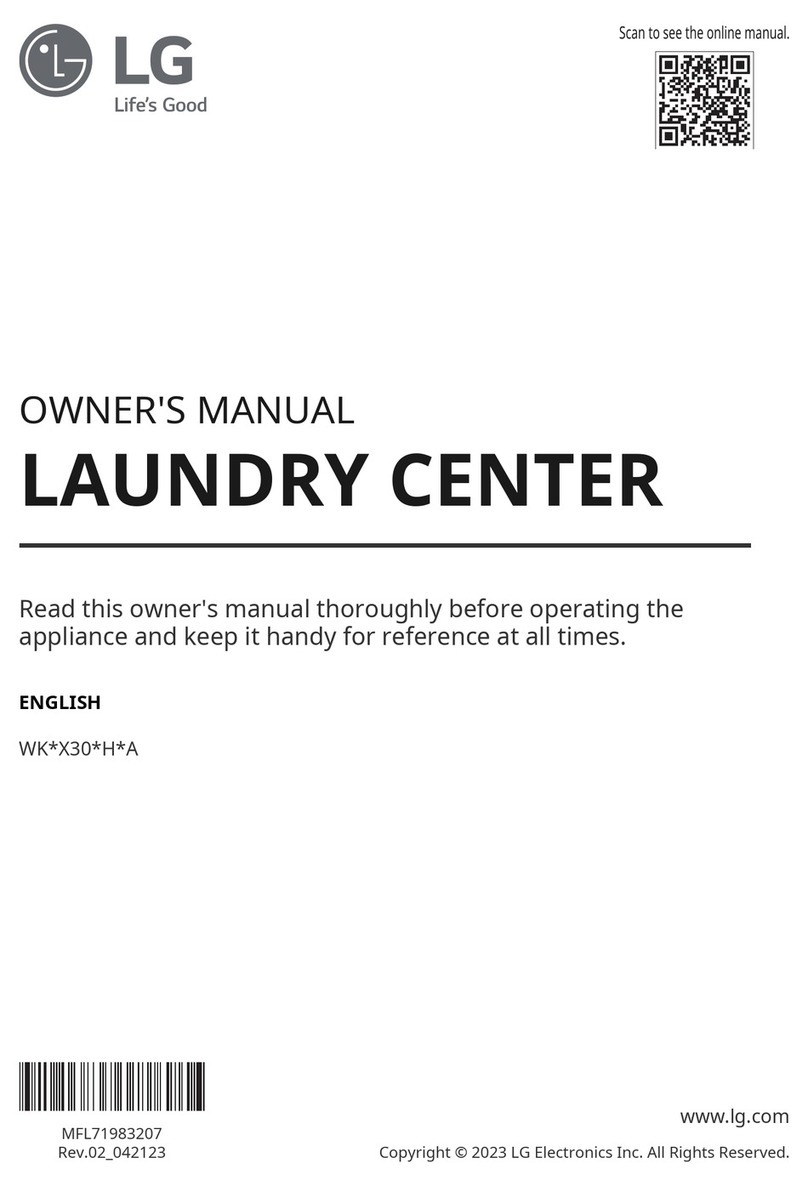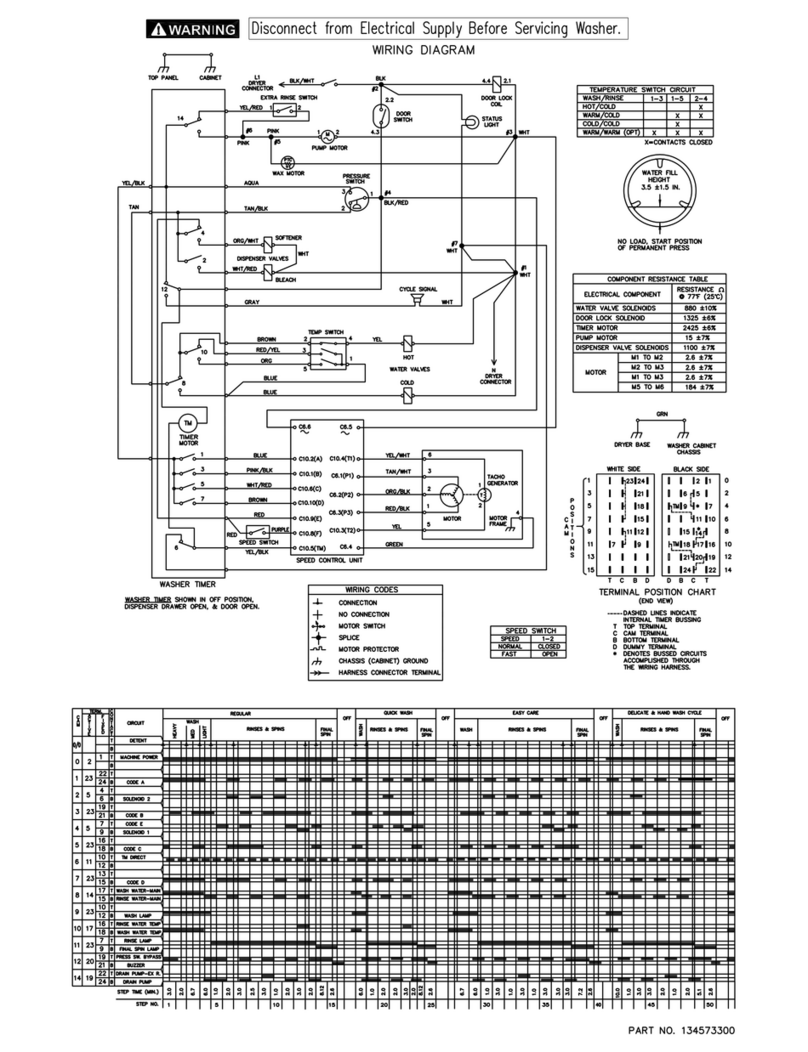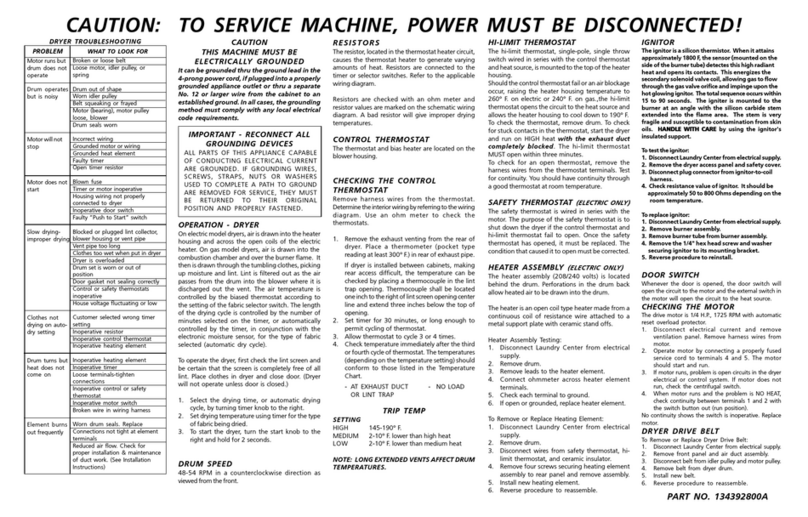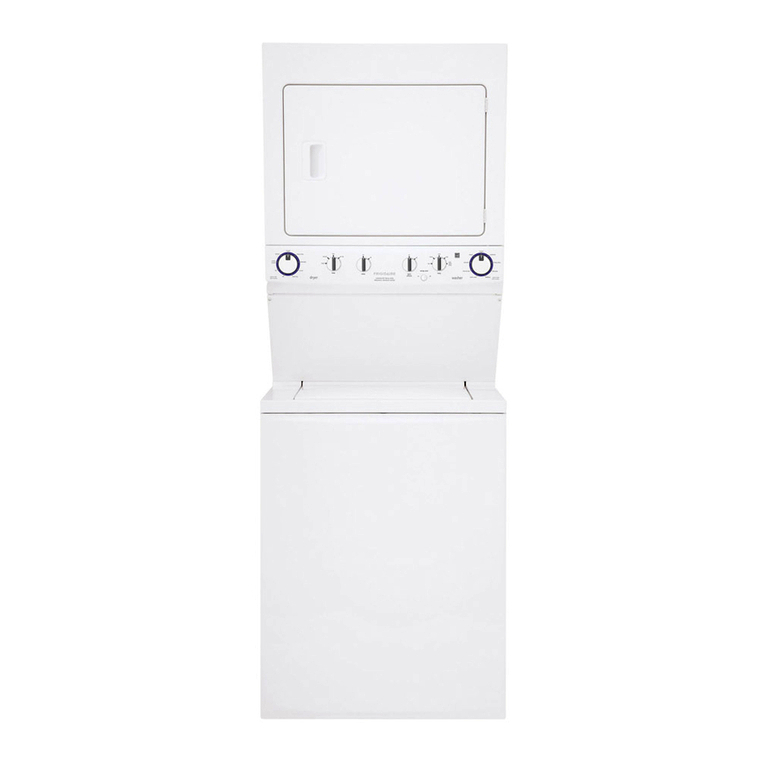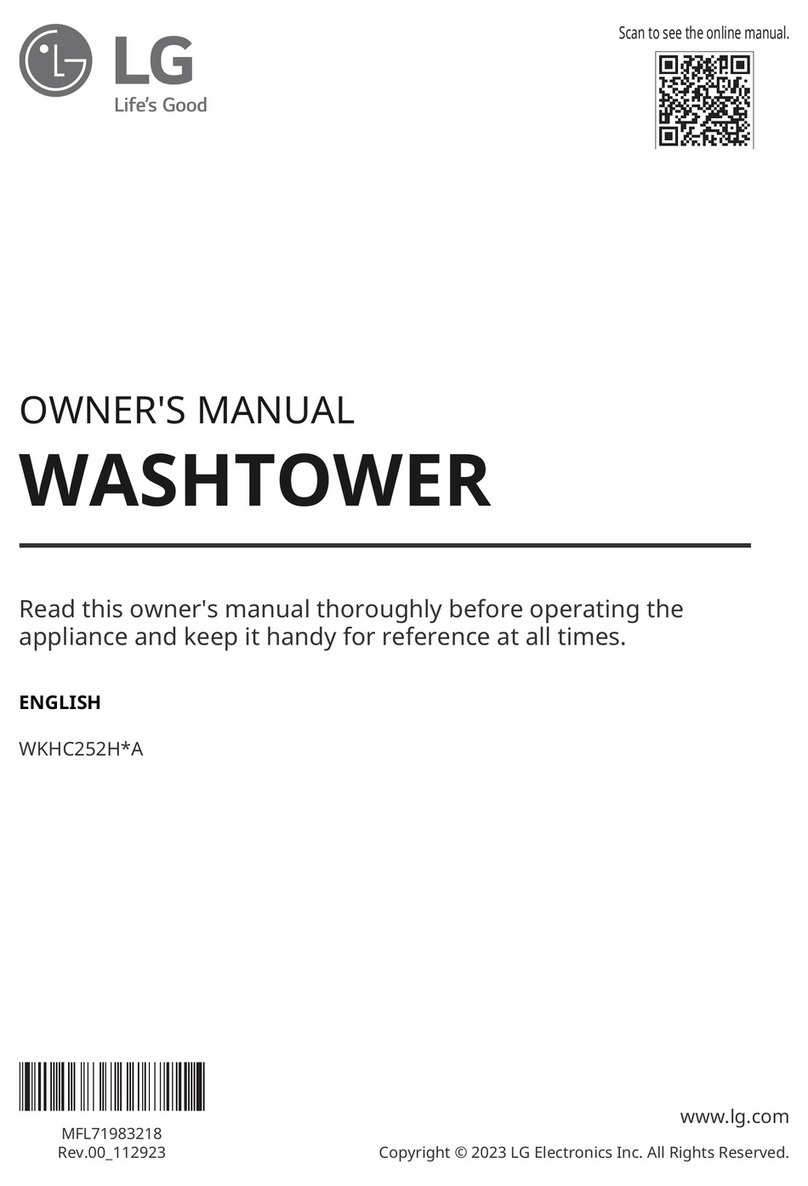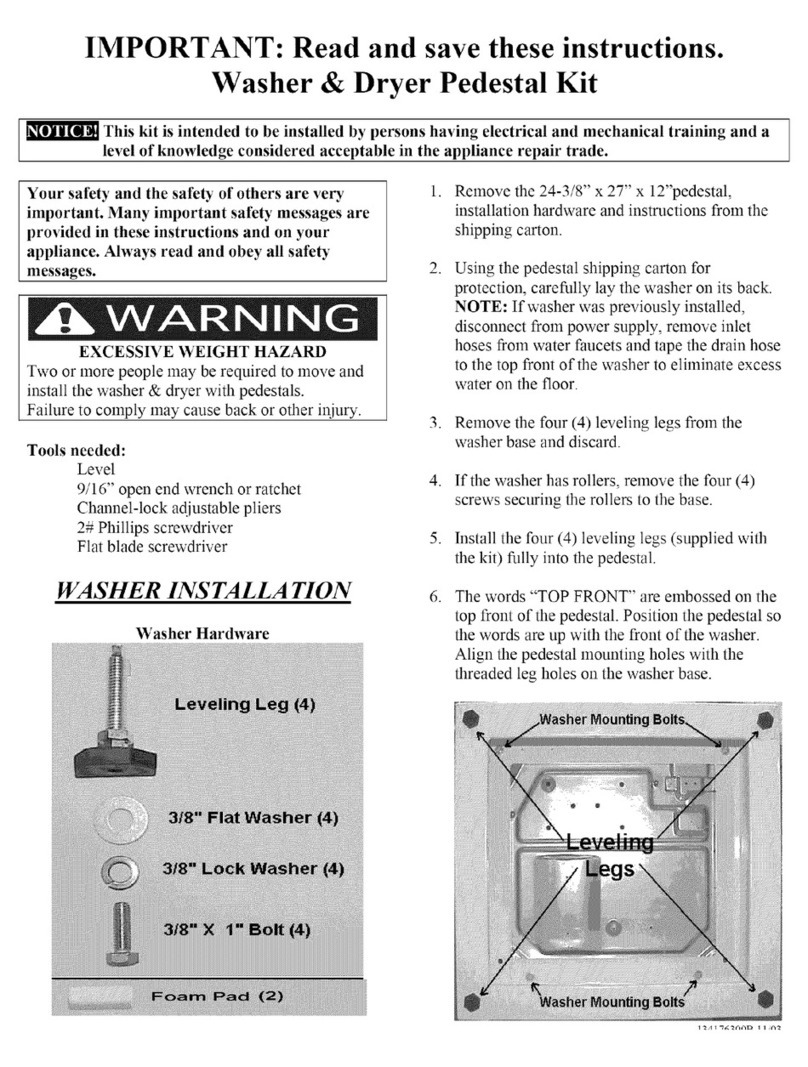
Pellerin Milnor Corporation i
Contents
1 Preface ...........................................................................................................................................3
1.1 About This Operator Guide and This MilTouch™ Washer-extractor ...............................3
2 Controls .........................................................................................................................................4
2.1 Physical Controls ...............................................................................................................4
• Main Controls ...............................................................................................................5
• Clean-Side Controls .....................................................................................................6
2.2 Emergency Stop Switch (locking push button) .................................................................6
2.3 How to Use the MilTouch™ Controller ............................................................................7
2.3.1 The Home Display...................................................................................................7
2.3.2 About the Start Button.............................................................................................8
3 Normal Operation..........................................................................................................................9
3.1 Safety and Best Practice When Loading and Unloading ...................................................9
3.1.1 Loading and Unloading Safety................................................................................9
3.1.2 Load Size Best Practice ...........................................................................................9
3.1.2.1 Weighing Goods .........................................................................................10
3.2 Apply control power. .......................................................................................................10
3.3 About Outer and Inner Doors ..........................................................................................11
3.4 Open the outer door on the soil side. ...............................................................................11
3.5 Open the inner door. ........................................................................................................11
3.6 Load the machine. ...........................................................................................................13
3.6.1 To Load the Machine (Optional Weighing System)..............................................13
3.6.2 To Load the Machine (Separate Laundry Scale) ...................................................14
3.7 Close the inner door. ........................................................................................................15
3.8 Close the outer door. ........................................................................................................15
3.9 Align and load the second pocket, or the second and third pockets. ...............................15
3.9.1 To Load the Pocket(s) with a Weighing System ...................................................16
3.9.2 To Load the Pocket(s) with a Separate Laundry Scale .........................................17
3.10 Start the wash formula. ..................................................................................................18
3.10.1 To Run a Wash Formula Locally.........................................................................18
3.10.1.1 About the Liquor Ratio Control Feature ..................................................18
3.10.1.2 To Start a Local Wash Formula with Liquor Ratio Control .....................19
3.10.1.3 To Start a Local Wash Formula with the Optional Weighing
System ....................................................................................................20
3.11 Monitor the wash formula. ............................................................................................20
3.11.1 The Run Display..................................................................................................20
3.11.1.1 The Names and Timers Area (A)..............................................................21
3.11.1.2 The Machine Status Area (B) ...................................................................21
3.11.1.2.1 How to Monitor Automatic Liquid-Chemical Injections ..............22
3.11.1.3 Manual Control and Diagnostics Area (C) ...............................................22
3.11.2 Respond to the end of the cycle...........................................................................22
3.12 Unload the machine. ......................................................................................................22
4 Troubleshooting...........................................................................................................................24
4.1 Operator Intervention ......................................................................................................24
4.1.1 Chemical Supplies Intervention ............................................................................24
4.1.2 Error Intervention ..................................................................................................25
4.1.3 Formula Intervention .............................................................................................25
